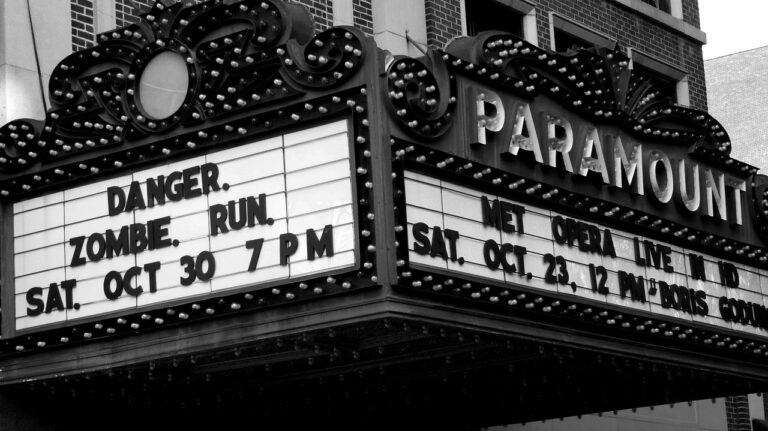Exploring the World of Interactive Street Art Installations
Interactive street art is a dynamic form of artistic expression that actively engages with its audience. Unlike traditional art forms confined to galleries, interactive street art invites viewers to participate in creating the art itself, blurring the line between artist and observer. Through the use of new media technologies and innovative techniques, interactive street art transforms public spaces into interactive canvases for creativity and connection.
These art installations often incorporate elements such as augmented reality, motion sensors, and digital projections to enhance the viewer’s experience. By breaking down the barriers between art and its audience, interactive street art has the power to spark conversations, inspire social change, and foster a sense of community among diverse groups of people. Through this unique blend of art and technology, interactive street art challenges traditional notions of artistic creation and consumption, inviting viewers to become active participants in the artistic process.
The History of Street Art Installations
Street art installations have a rich history that can be traced back to ancient civilizations. From cave paintings to political propaganda, the concept of using public spaces as a canvas for artistic expression has evolved over time. In the 20th century, artists like Keith Haring and Banksy helped popularize the idea of street art installations as a form of cultural commentary and social activism.
The rise of graffiti culture in the 1970s and 1980s also played a significant role in shaping the history of street art installations. Artists like Jean-Michel Basquiat and Futura 2000 brought their unique styles to the streets of New York City, challenging traditional notions of art and paving the way for a new generation of street artists. Today, street art installations can be found in cities around the world, showcasing a diverse range of artistic techniques and thematic inspirations.





